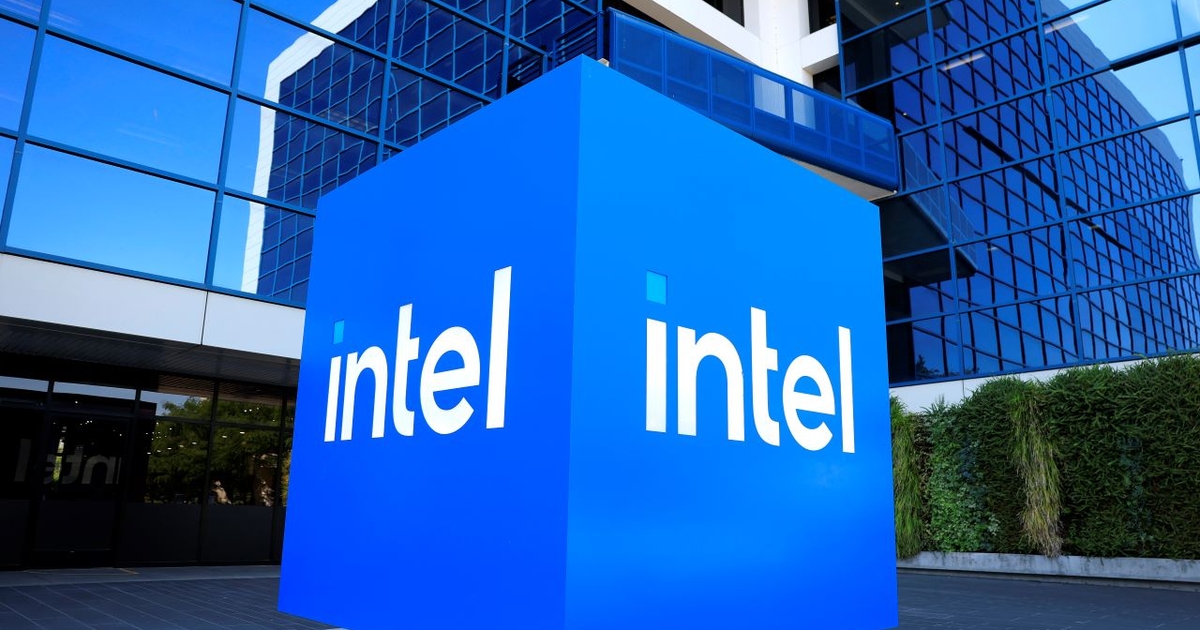Key Takeaways
- Intel is launching a new AI GPU, Crescent Island, aimed at enhancing performance for AI inference workloads.
- The chip features 160GB of LPDDR5X memory and is designed to support large language models and token-as-a-service applications.
- The initiative comes after Intel’s substantial financial losses, highlighting the urgency for success in the competitive AI market.
Intel’s Crescent Island GPU: A New Push in AI Technology
Intel is embarking on a new quest to strengthen its position in the AI chip market with the introduction of a data center GPU known as Crescent Island. This announcement was made during the 2025 OCP Global Summit in San Jose, California. The Crescent Island GPU represents an important addition to Intel’s AI accelerator lineup, following the underwhelming performance of its previous Gaudi 3 chip launched last year.
The new GPU is built upon Intel’s Xe3P microarchitecture, which optimizes performance per watt, with a significant memory capacity of 160GB LPDDR5X. This configuration aims to address the increasing requirements of AI inference workloads, including support for large language models. As stated by Intel, the chip is particularly tailored to cater to token-as-a-service providers and will support other types of inference use cases that the company anticipates will dominate the market in the near future.
Intel’s Chief Technology Officer, Sachin Katti, underlined the importance of Crescent Island, mentioning the shift in AI technology from static training models to real-time, agentic AI inference. According to Katti, effectively scaling these demanding workloads will require heterogeneous systems that align the right silicon with the appropriate tasks, which would be facilitated by an open software stack. The company believes that its Xe architecture data center GPU will offer customers necessary efficiencies, particularly as AI token volumes continue to surge.
Customer sampling for Crescent Island is set to begin in the latter half of 2026, indicative of the company’s strategic planning pace. Intel’s necessity for this chip to succeed cannot be overstated, as the company faced staggering financial challenges in 2024, reporting a net loss of $19 billion, which was followed by an $821 million deficit in the first quarter of 2025. This financial turmoil has led to significant restructuring efforts, including announcements of thousands of job cuts in July.
In a bid to stabilize its operations, the U.S. government has intervened, committing an investment of $8.9 billion for a 10% equity stake in Intel as of August. Furthermore, in September, Nvidia, a leader in the AI chip market, also announced a $5 billion investment for a way to secure about 4% of Intel’s equity. This partnership aims to co-develop a system-on-a-chip that integrates Intel’s CPU expertise with Nvidia’s GPU knowledge, as well as to create comprehensive PC products.
With Crescent Island, Intel hopes to reclaim its footing in the AI technologies landscape, seeking to leverage partnerships and innovative designs to attract market interest amidst fierce competition.
The content above is a summary. For more details, see the source article.















